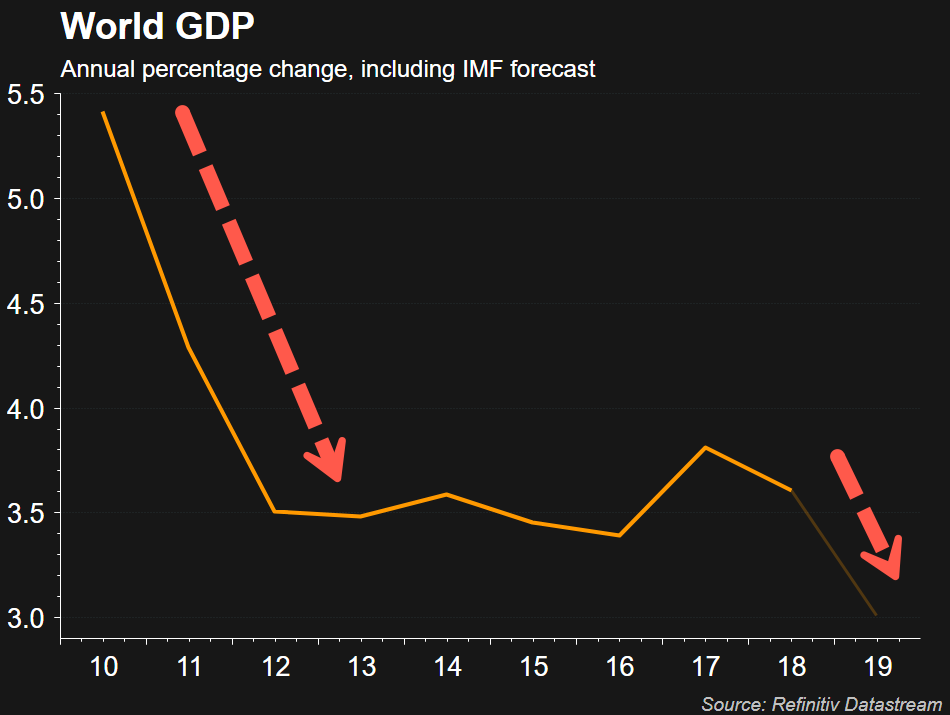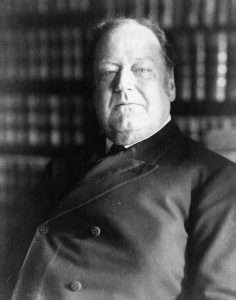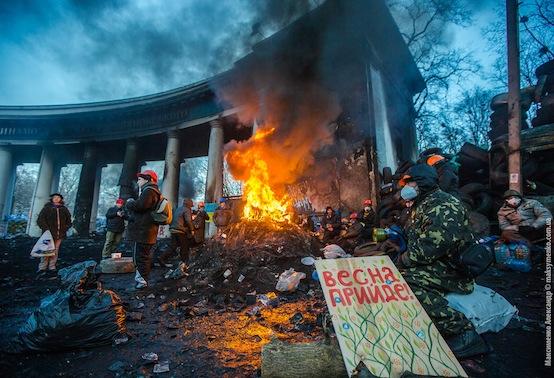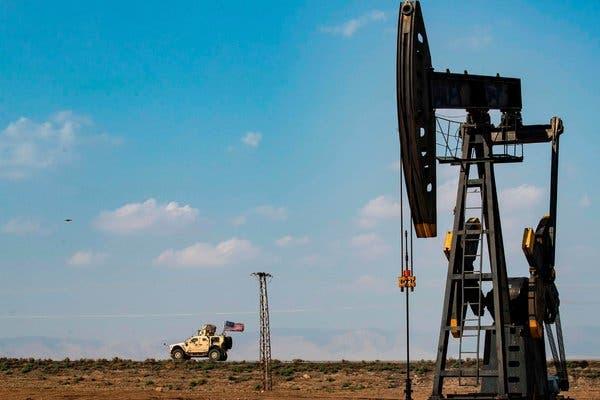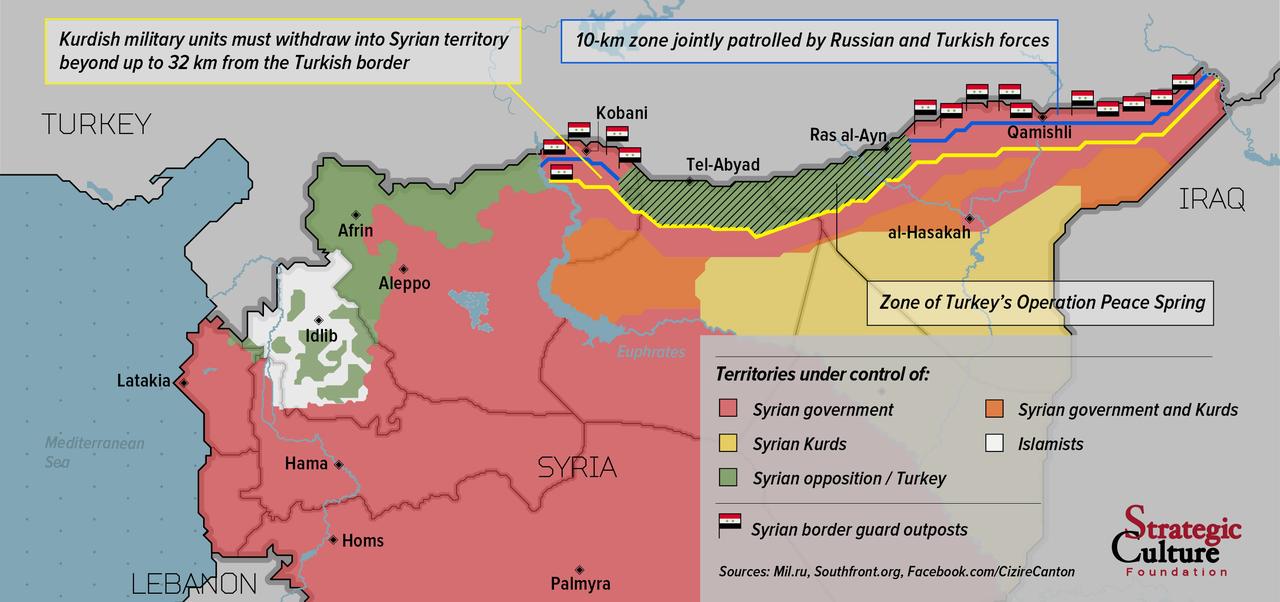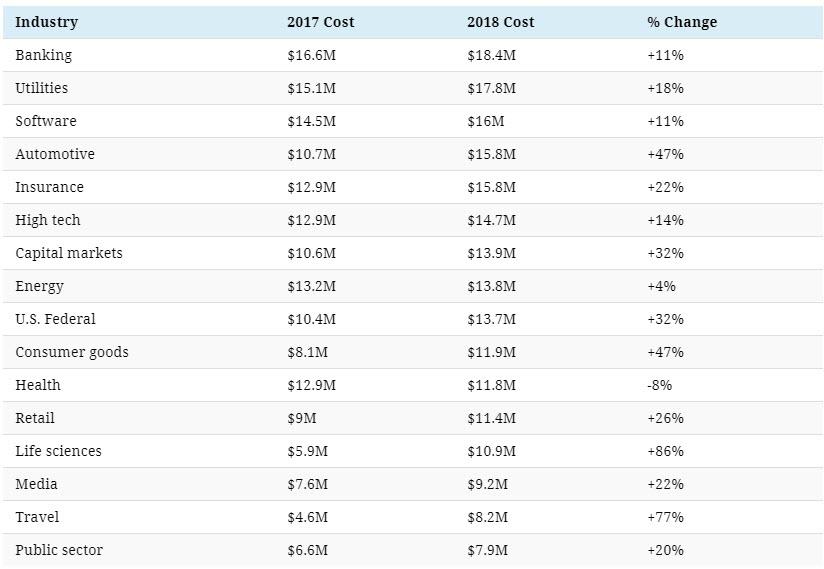Gun control advocates love to hate District of Columbia v. Heller, the 2008 case in which the Supreme Court recognized that the Second Amendment protects an individual right to arms. They may be protesting too much. Federal courts in the decade since have found many restrictions on the right to own and use weapons perfectly congruent with that decision. Heller merely says the government can’t enforce laws that prevent (most) Americans from possessing commonly used weapons in their homes for self-defense.
Courts have found that Heller does not preclude laws that prohibit anyone younger than 21 from buying guns in retail stores; laws that bar people who committed a single nonviolent felony from ever owning a gun; laws that severely restrict the ability to carry a gun outside the home; laws that ban commonly owned magazines of a certain capacity; or laws that require handguns to incorporate untested, expensive, and unreliable “microstamping” technology. The Supreme Court so far has avoided taking up any of those questions.
Still, many activists and legal scholars, along with at least two of the Supreme Court justices who dissented in Heller, believe the Second Amendment, properly construed, never guaranteed an individual right at all, or at least not one related to personal self-defense in the home.
Their argument is based on that amendment’s reference to “a well regulated militia,” which they define as a military force organized and supervised by the government. Outside a well-regulated militia, they suggest, the Second Amendment has no practical effect a lawmaker need respect. Some gun control advocates also argue that the descriptor well regulated implies that the government has wide latitude to decide who may have which weapons under what circumstances. But as the Supreme Court correctly concluded in Heller, these arguments are inconsistent with the text and context of the Second Amendment.
The structure of the Second Amendment has invited decades of dueling interpretations. “A well regulated Militia, being necessary to the security of a free State,” it says, “the right of the people to keep and bear Arms, shall not be infringed.”
The part of the amendment that could be its own stand-alone sentence—the right of the people to keep and bear Arms, shall not be infringed—is known as the “operative clause.” The well regulated Militia part—the prefatory clause—is understood by enthusiastic gun regulators as defining the only reason for preserving the right to keep and bear arms (as opposed to one of the reasons). Anyone who is not a member of a well-regulated militia would have no such right.
The late Justice Antonin Scalia, who wrote the majority opinion in Heller, thought it made no sense to read the prefatory clause that way, because that would essentially nullify the direct and clear meaning of the operative clause. While the prefatory clause could give insight into some of the specifics of how to apply the operative clause, he argued, it could not make the right to arms contingent on militia service.
Scalia pointed out that the amendment refers to “the right of the people.” When that language is used elsewhere in the Bill of Rights—in the First and Fourth Amendments, for example—it plainly means a right that belongs to every individual, as opposed to a collective with special properties, such as a militia. A prefatory clause mentioning a purpose, Scalia argued, is not sufficient to overwhelm the commonsense and contextual meaning of a right guaranteed to everyone. Furthermore, he said, contemporaneous usage makes it clear that the phrase bear arms cannot be restricted to a military context, as Justice John Paul Stevens suggested it should be in his dissent.
Eugene Volokh, a professor at the University of California, Los Angeles School of Law, explored the relationship between the prefatory and operative clauses of the Second Amendment in a 1998 New York University Law Review article that helped lay the groundwork for Heller. While such prefatory phrases were unusual in the U.S. Constitution, Volokh noted, they were common enough in state constitutions that their function can be elucidated by considering how those documents were understood.
Volokh cited dozens of state constitutional provisions from the founding era that used a similar structure: a prefatory clause stating a purpose, followed by a statement of a right. These provisions covered, among other things, freedom of speech, freedom from unjustified searches and seizures, and the right to be tried for a crime in the county where the crime was committed. In such cases, Volokh said, no one could reasonably argue that “only when a judge has concluded that exercising the right furthers the prefatory purpose does the right exist.”
The idea that the Second Amendment applies only to people actively serving in a government-organized militia is based partly on a misreading of the 1939 case U.S. v. Miller. In Miller, the Supreme Court upheld the prosecution of two men who violated the National Firearms Act by transporting an unregistered sawed-off shotgun across state lines. “In the absence of any evidence tending to show that possession or use of a ‘shotgun having a barrel of less than eighteen inches in length’…has some reasonable relationship to the preservation or efficiency of a well regulated militia,” Justice James McReynolds wrote in the unanimous opinion, “we cannot say that the Second Amendment guarantees the right to keep and bear such an instrument.”
McReynolds was talking about the kinds of weapons covered, not the kinds of people. He repeatedly noted that the “militia” mentioned in the Second Amendment “comprised all males physically capable of acting in concert for the common defense.” In other words, the militia was not limited to a government-supervised fighting force; it consisted of all able-bodied men. The decision is an example of how both clauses of the Second Amendment can be meaningful, with McReynolds using the prefatory clause to help settle a question raised by the operative clause without reducing it to a nullity. What arms do the people have the right to keep and bear? The type used in an organized militia.
When the Second Amendment was written, the idea that Americans had an individual right (and in some cases an obligation) to possess arms for defense of both themselves and the state was widely understood. It had roots in the rights won by the Glorious Revolution of 1688—rights that the American Revolution was dedicated to preserving.
In 1788, as Massachusetts was poised to ratify the U.S. Constitution, Samuel Adams advocated an amendment making it clear that “the Constitution shall never be construed…to prevent the people of the United States who are peaceable citizens from keeping their own arms.” Commenting on the proposed Bill of Rights the following year, Tench Coxe, a member of the Continental Congress, described the Second Amendment this way: “As civil rulers, not having their duty to the people before them, may attempt to tyrannize, and as the military forces which must be occasionally raised to defend our country, might pervert their power to the injury of their fellow citizens, the people are confirmed by the article in their right to keep and bear their private arms.”
After the Bill of Rights was ratified, St. George Tucker, a professor of law at the College of William & Mary, described the Second Amendment as “the true palladium of liberty.” He noted that “the right to self-defence is the first law of nature” and that “in most governments it has been the study of rulers to confine the right within the narrowest limits possible.”
This tradition was reflected in state constitutions that explicitly guaranteed an individual right to armed self-defense. Pennsylvania’s, enacted in 1790, said “the right of the citizens to bear arms in defence of themselves and the State shall not be questioned,” for example, while Vermont’s, enacted in 1777, said “the people have a right to bear arms for the defence of themselves and the State.”
Article I, Section 8 of the Constitution also helps clarify what the Second Amendment was all about. Among other things, that section gives Congress the power “to provide for calling forth the militia to execute the laws of the union, suppress insurrections and repel invasions” and “to provide for organizing, arming, and disciplining, the militia, and for governing such part of them as may be employed in the service of the United States, reserving to the states respectively, the appointment of the officers, and the authority of training the militia according to the discipline prescribed by Congress.”
People who deny that the Second Amendment protects an individual right to armed self-defense often argue that it was actually meant to protect state control of militias. But Article I, Section 8 shows that the states had already lost that battle.
If you believe the Second Amendment is just about state control of militias, it’s an absurd nullity: It lays out a right and a purpose contradicted by the body of the Constitution, which gives the federal government near-total authority over the organized militia. As Scalia put it in Heller, under that interpretation, which the Court was rejecting, “the Second Amendment protects citizens’ right to use a gun in an organization from which Congress has plenary authority to exclude them,” making the right meaningless.
The only sense in which the Second Amendment’s language could logically relate to those clauses is by saying that, notwithstanding the federal government’s authority over the militias, the one thing it may not do is infringe on the people’s right to keep and bear arms. The Senate, in ratifying the Constitution, considered and rejected a proposal that would have added “for the common defense” as a restriction on that right.
The militia, in the classic sense of the mass body of physically able adult citizens, still exists, though state attempts to “regulate” it are actuated through the National Guard nowadays. Is the larger, unorganized militia “well regulated”? Probably not if understood the way the Framers would have: as a wide body of the American people prepared to take up arms in defense of themselves and the state.
But whether we currently have a well-regulated militia doesn’t control whether or not Americans have a right to keep and bear arms. The ideological background of the Second Amendment, the plain meaning of its operative clause, parallel phrasing elsewhere in the Constitution, and the militia clauses of Section I make it clear that they do. The Second Amendment, as Scalia rightly recognized, guarantees an individual right to the people, no matter how the federal government chooses to regulate the organized militia.

from Latest – Reason.com https://ift.tt/2C9z6iQ
via IFTTT
